8 gardening myths dispelled
Swerve all the well-known but incorrect gardening advice out there. These are the mistaken beliefs about backyard care
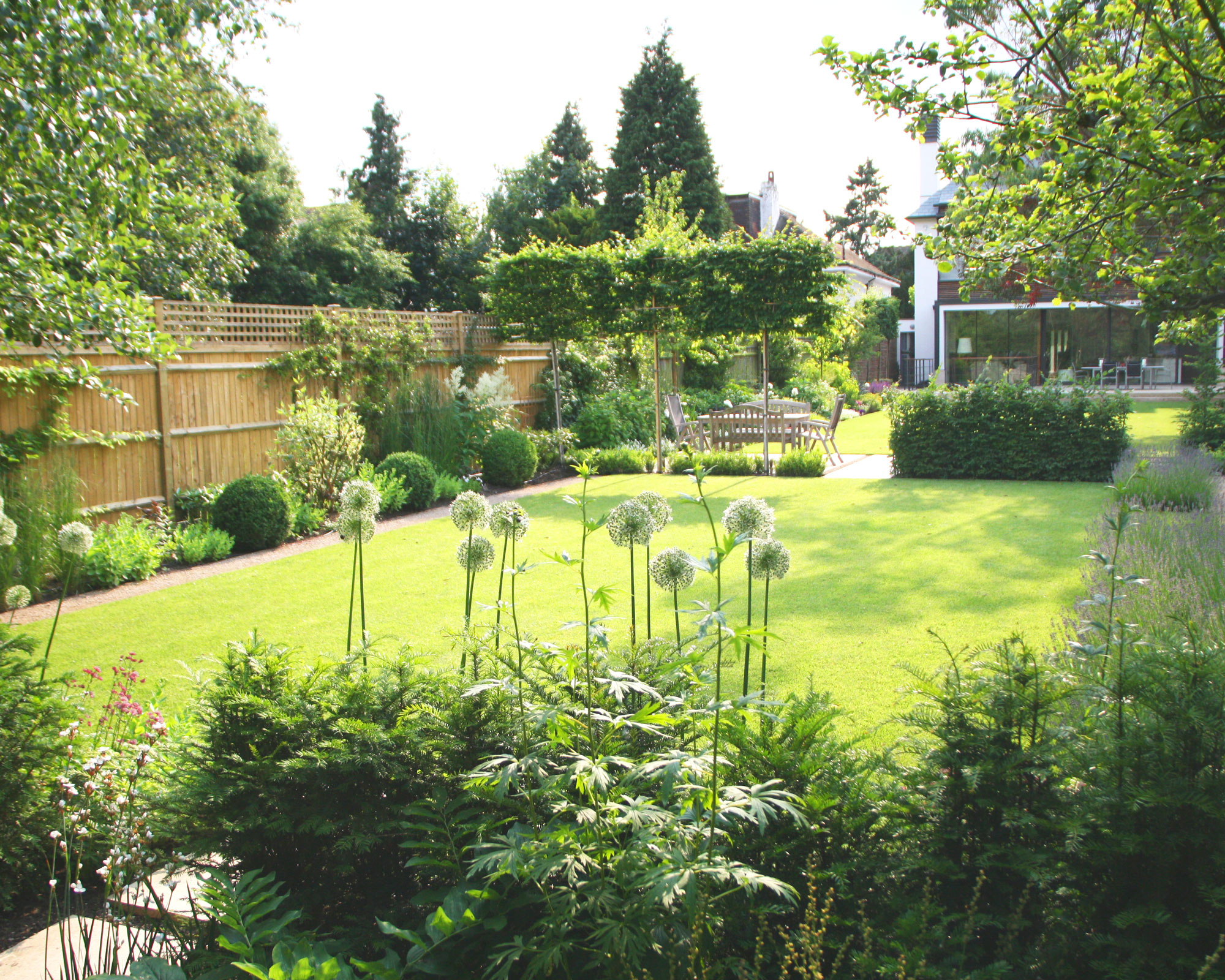

Plenty of the gardening know-how that’s handed on is sound, but sad to say, there are a whole lot of gardening myths out there. Follow some of the old maxims, and you might squander time on unnecessary tasks, plants could fail to thrive leading to disappointing results and a waste of your money, or – worse – you could harm the environment.
There is, of course, plenty of gardening wisdom to be had. Many techniques have stood the test of time, and are still recommended today. But other strategies – both traditional and those widely endorsed over recent years – have been shown by scientific research to be useless or damaging.
Which are the traps to avoid? Take a look at these 10 gardening myths dispelled and keep plants and soil healthy.
See: Backyard ideas – inspiring garden pictures and advice
Gardening myth 1: Add gravel to containers
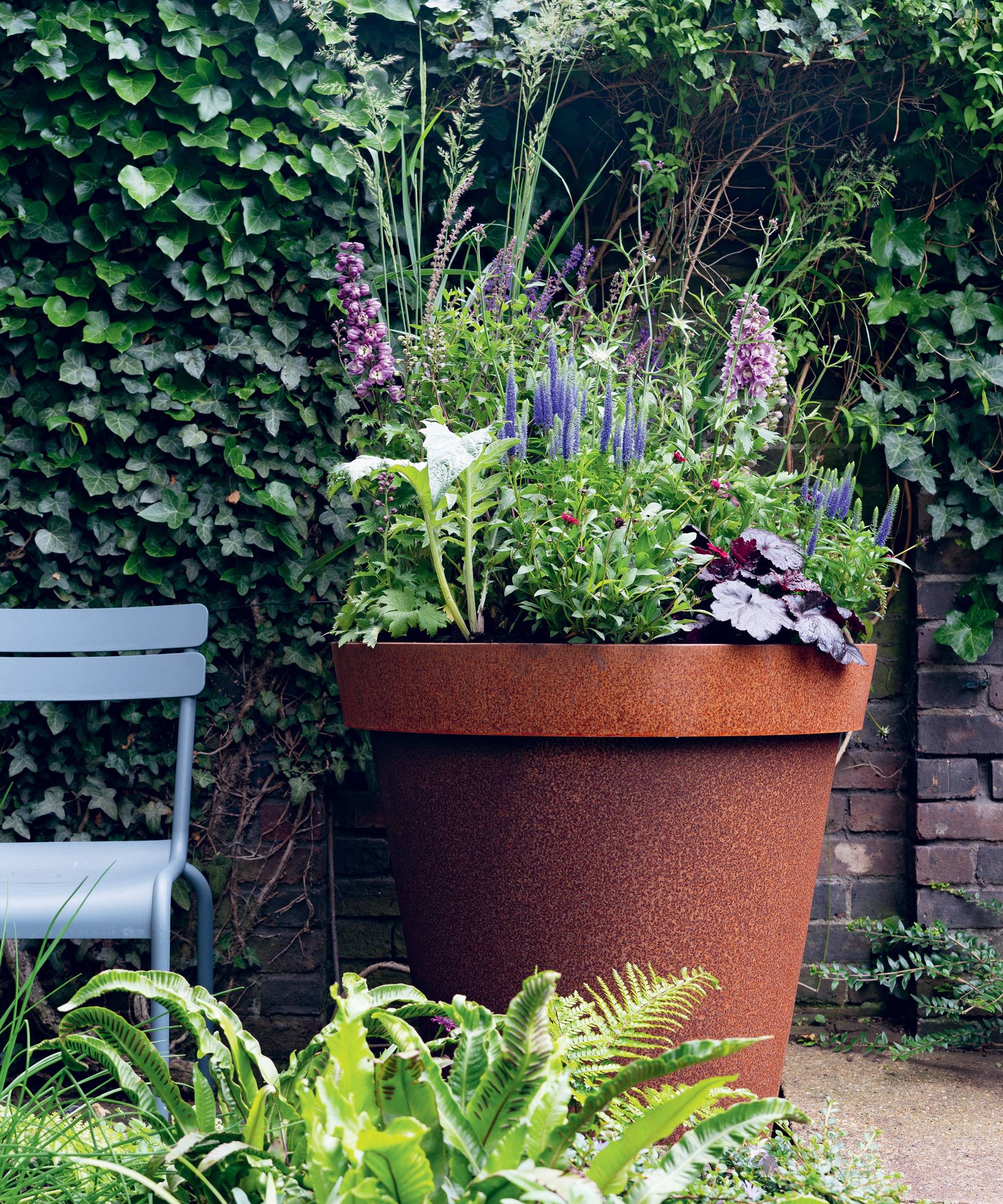
Plenty of people advise that containers need a layer of gravel, stones or crocks at the bottom. The reason stated? ‘For drainage’. The myth tells us that the soil in the pot will block the drainage hole in its base, trapping water. But gravel, the legend goes, allows the water to escape.
It is true that containers do need a drainage hole to keep the roots of the plants inside aerated. However, the science shows that gravel is not the answer. Linda Chalker-Scott, PhD in horticulture, and founding member of blog the Garden Professors explains,
‘The fact is, when water moving through a soil reaches a horizontal or vertical interface between different soil types, it stops moving.’ As a result the soil above will become saturated – the thing you don’t want to happen – before gravitational pressure moves the water through the gravel layer.
Sign up to the Homes & Gardens newsletter
Design expertise in your inbox – from inspiring decorating ideas and beautiful celebrity homes to practical gardening advice and shopping round-ups.
The lesson? Do use containers with drainage holes (or make them if they don’t have them) and use only potting soil inside.
Gardening myth 2: If you have clay soil, incorporate sand
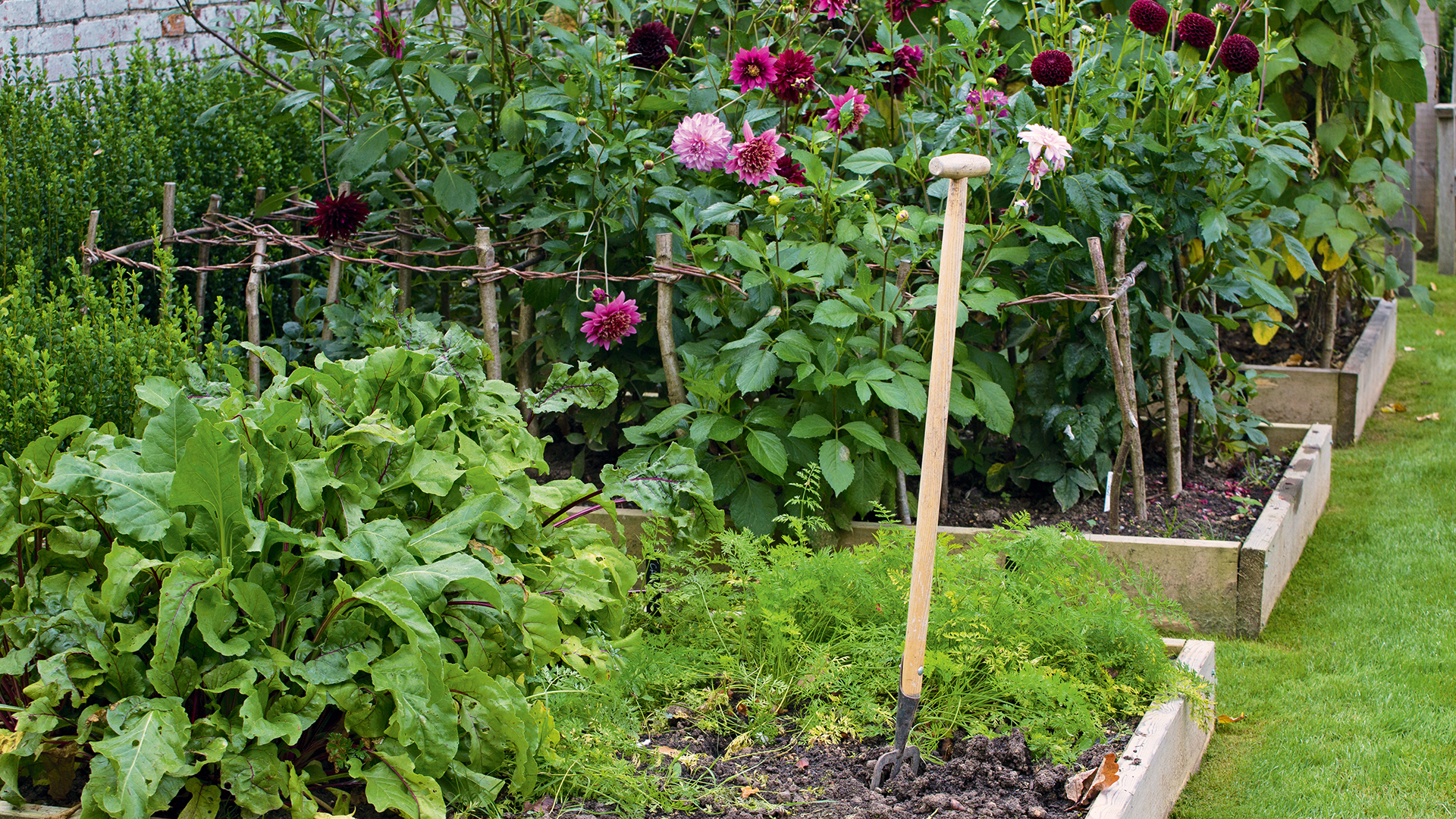
Clay is what’s known as a heavy soil that makes digging hard work. It doesn’t drain well, is sticky, and warms up slowly as summer comes. It bakes hard and cracks when it’s dry, too.
There are upsides to a clay soil as well, but a quest to solve its problems can lead gardeners to take the advice contained in our third myth, which says you should add sand to heavy clay soils.
The reason why this won’t work is that you would need a huge volume of sand to reduce the proportion of clay in a soil because of the relative sizes of the particles. Those of clay are small and with more of them fitting into a given area the resulting large surface area has much more influence on the soil’s characteristics than those of sand, which has larger particles.
‘In practice what this means is: to dilute the proportion of clay in a heavy soil requires very large volumes of grit or other material. It is seldom feasible to do this on anything but a small scale,’ explains the RHS.
The experts suggest that better solutions include choosing plants that grow well in clay soils, or building raised beds.
Gardening myth 3: To make tomatoes sweeter, add sugar to the soil
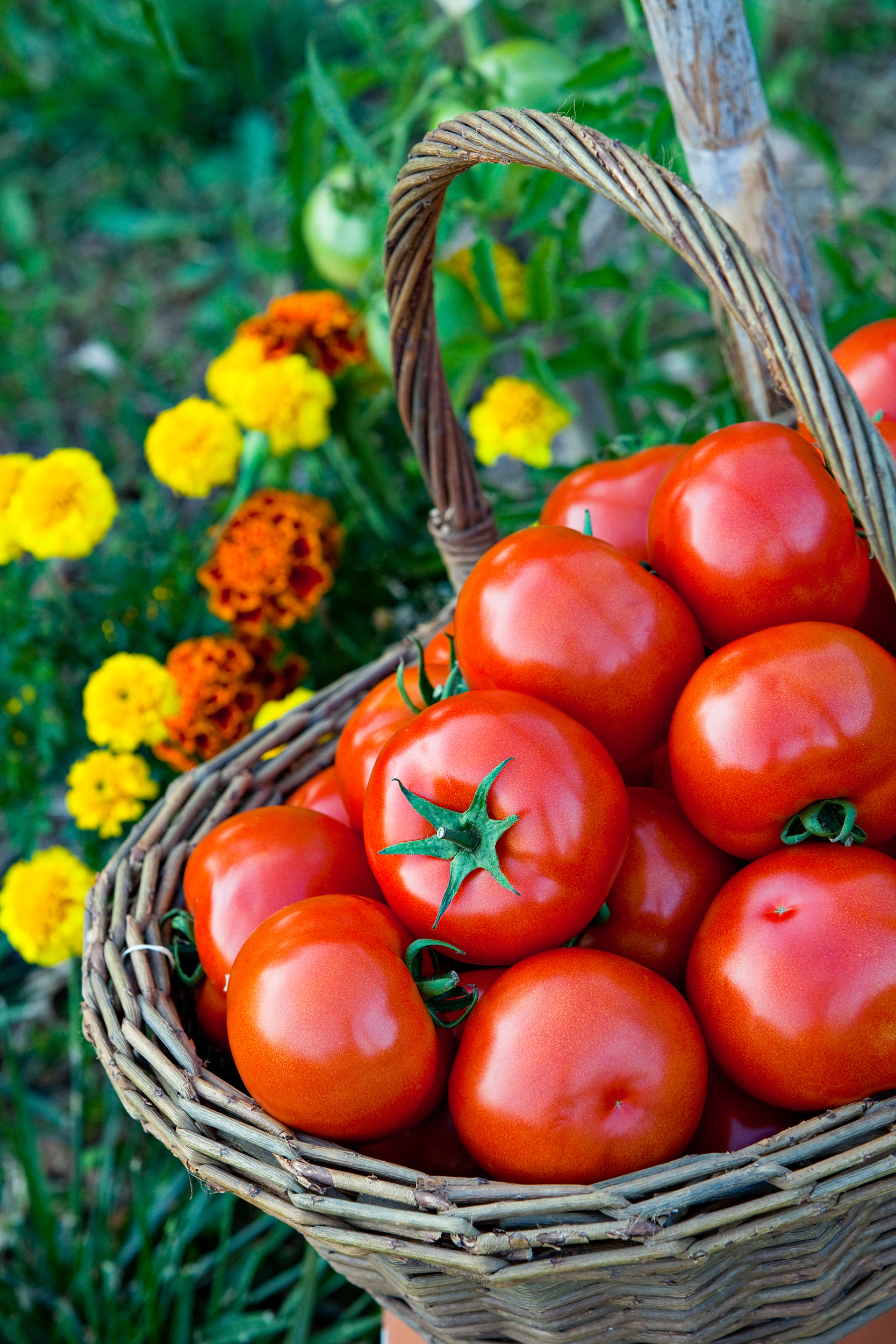
It won’t make tomatoes taste sweeter if you add sugar to the soil. And if you’ve heard that baking soda or Epsom salts are alternative ways to attain the same end, these are myths as well.
For sweeter tomatoes, simply select varieties that are sweeter. As a rule that means smaller cherry and plum tomatoes. Make sure they’re suitable for the growing conditions in you region, too, allow them to get plenty of sun, and leave them to ripen on the vine for best flavor.
See: Tomato companion planting – the best crops to grow with tomatoes
Gardening myth 4: Leaving clippings on your lawn causes thatch

The thatch that accumulates at the base of the blades of grass on your lawn is not a result of the clippings you’ve been leaving there. In fact, clippings are nitrogen rich, fertilizing the lawn, and break down quickly, so it’s fine if you don’t pick them up.
Of course, this will also spare you time and effort, plus, if you’ve been putting them into landfill, or they leave your home via local authority heavy transport, you’ll be helping the environment this way, too.
As for the thatch, the RHS recommends scarifying (raking) in the autumn.
Gardening myth 5: Seal tree pruning wounds
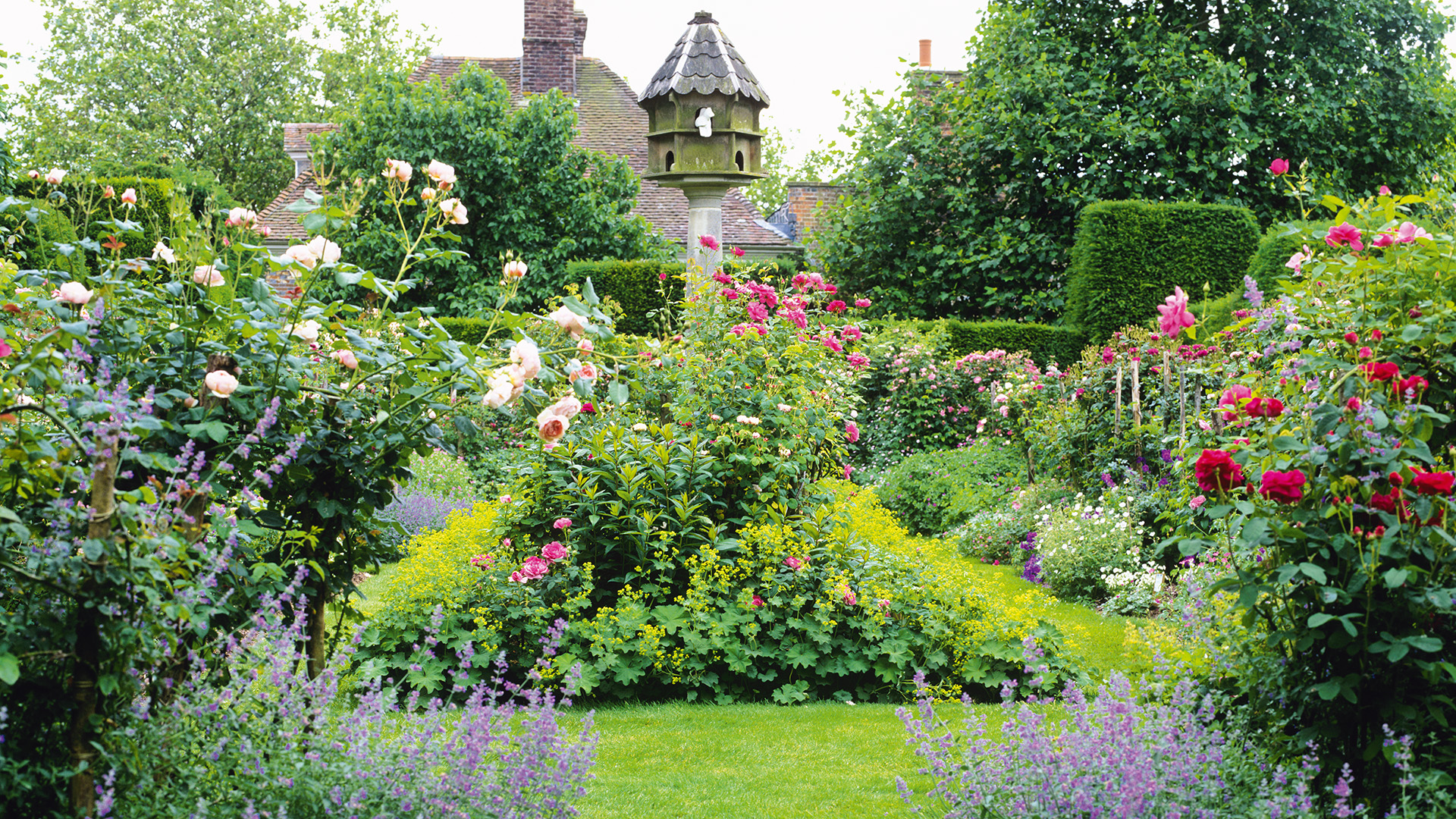
This is a rather ancient gardening myth, and the practice of sealing a tree’s ‘wounds’ with substances like tar and paint after branches have been pruned with the idea of preventing decay and disease and to keep insects out should be consigned to the past.
Dr Alex Shigo, who began studying trees with the US Forest Service in 1959 until his retirement in 1985 and afterwards founded Shigo and Trees, Associates revealed that trees do not heal in the same way as animals do but instead ‘compartmentalize wound infections’.
Tree wound dressings do not prevent decay, he and others showed through research, and trees should be allowed to follow their natural processes.
Even modern pruning paint can inhibit compartmentalization, seal in moisture and decay, and prevent wound wood from forming, and neither will it stop the entrance of decay organisms, says Dr Linda Chalker-Scott of the Garden Professors.
Gardening myth 6: Natural pesticides are best
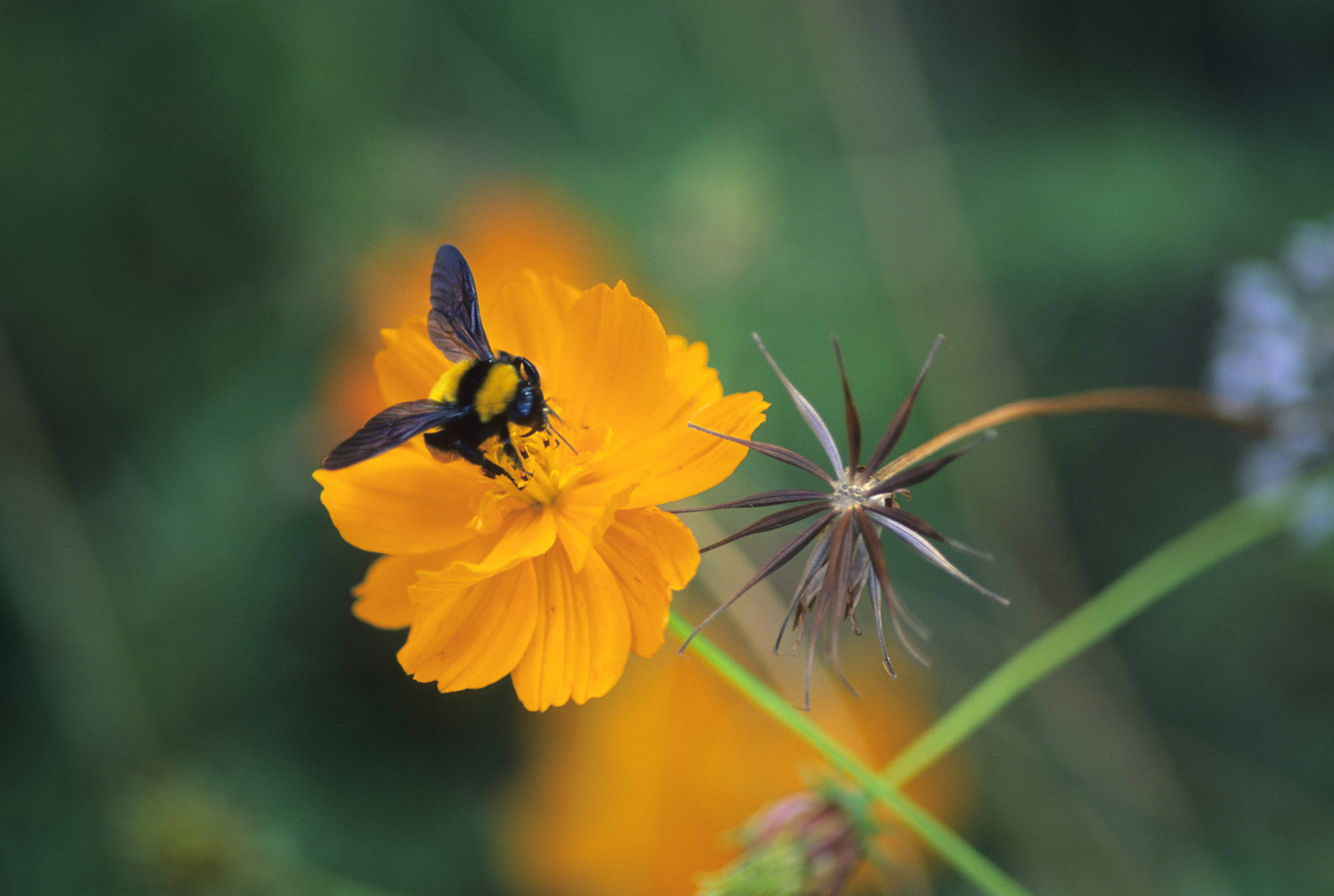
Wary of the impact on the environment of the products you use in your garden, you may opt for those labelled ‘organic’ or ‘natural’. However, just because the ingredients are from a natural source, they can still cause harm to the environment. Formulated to kill, they may get rid of the pests you’re bothered by, but also what you aren’t targeting, including beneficial inhabitants of a backyard.
The same goes for homemade recipes like those featuring vinegar. These haven’t been tested and could have damaging environmental effects and harm the beneficial wildlife that really does help keep pests down naturally.
The takeaway is that you should avoid using pesticides if you can by helping plants thrive, picking pests off by hand, or removing diseased parts of the plant where you can, and encouraging beneficial wildlife. If you do need to resort to pesticide use, check the label for toxicity information and look up active ingredients via the US Environmental Protection Agency.
Gardening myth 7: Moss should be eliminated from your backyard
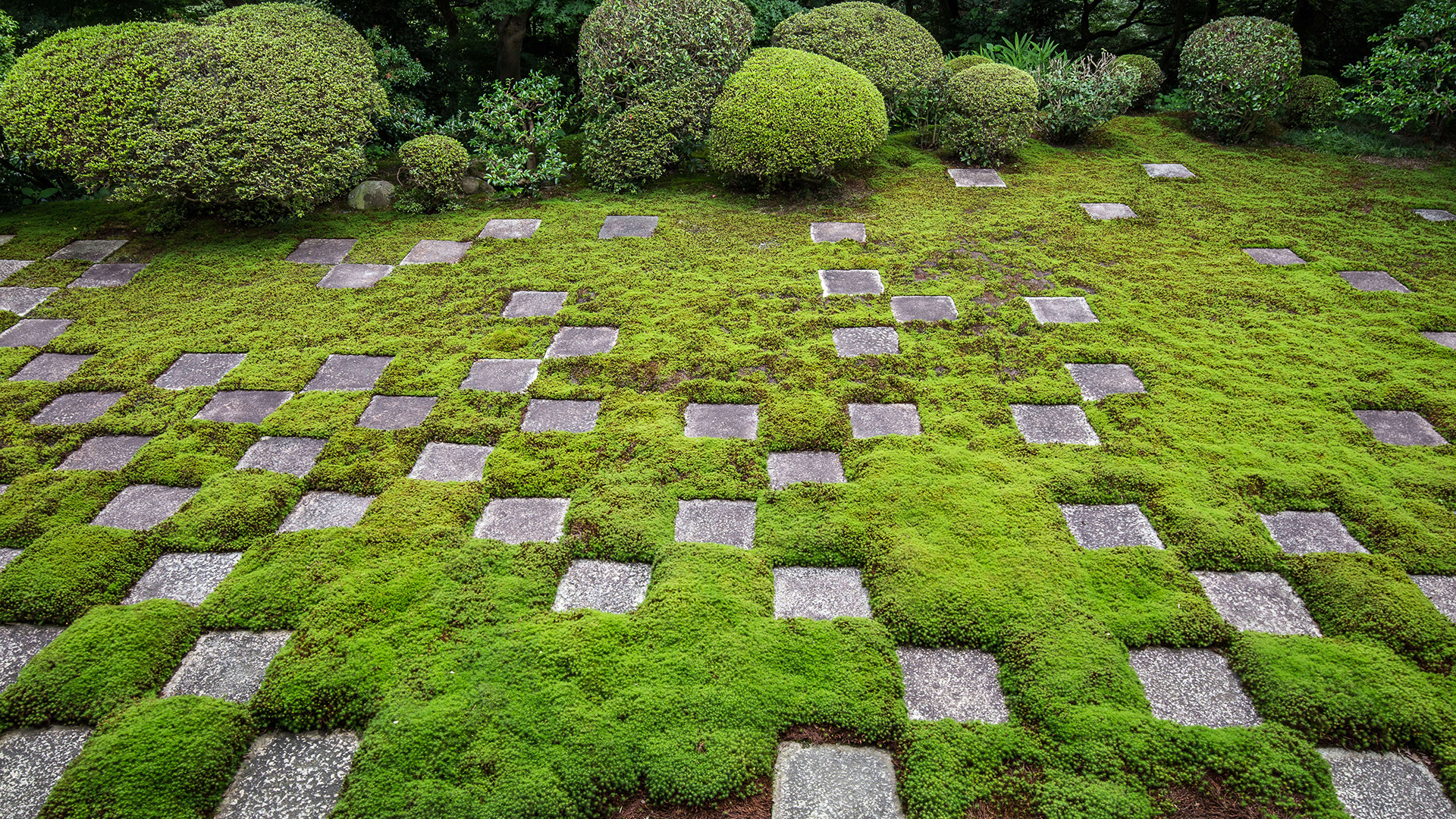
The presence of moss is considered highly undesirable according to gardening myth, but here’s why you should rethink. First off, moss doesn’t kill trees, so you don’t need to control it.
Moss won’t kill a lawn either, but its presence does indicate that the lawn’s health needs improvement and regular lawn maintenance is required. Remember, though, that where soil is poorly drained as well as in very shady spots grass won’t thrive while moss will. Get with the trend for moss gardens, or go for another alternative to grass in this case.
Gardening myth 8: Ivy strangles trees
Like moss, ivy has a bad reputation and is accused of damaging trees. The reality is that it can be allowed to grow on a tree’s trunk without fear. The exception would be a tree grown specifically for the beauty of its bark, of course, where it will spoil the view.
If ivy grows into the crown of a tree, this is generally because the tree is already in decline, and you should look on it as a sign and not a cause. Check on the tree as the ivy could be covering up decay or disease; you may need professional advice from a tree specialist.
See: Wildlife garden ideas – from the experts
Ivy also has positive benefits, creating a habitat for wildlife in a garden, including birds, insects and animals, so where it’s not hiding attractive bark or concealing a tree in ill health, consider leaving it for the benefit of these critters.

Sarah is a freelance journalist and editor. Previously executive editor of Ideal Home, she’s specialized in interiors, property and gardens for over 20 years, and covers interior design, house design, gardens, and cleaning and organizing a home for Homes & Gardens. She’s written for websites, including Houzz, Channel 4’s flagship website, 4Homes, and Future’s T3; national newspapers, including The Guardian; and magazines including Future’s Country Homes & Interiors, Homebuilding & Renovating, Period Living, and Style at Home, as well as House Beautiful, Good Homes, Grand Designs, Homes & Antiques, LandLove and The English Home among others. It’s no big surprise that she likes to put what she writes about into practice, and is a serial house renovator.
-
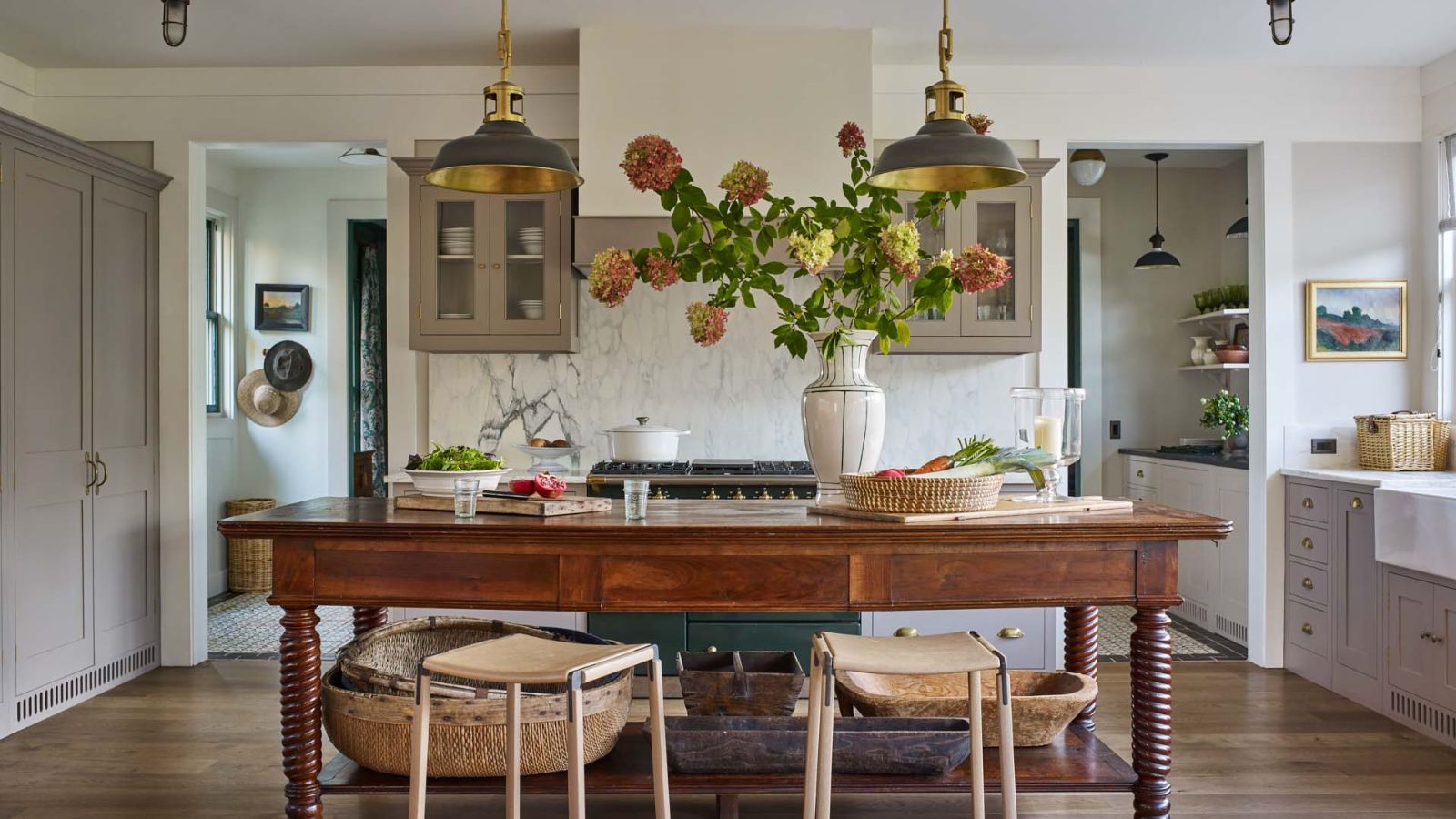 Midimalist kitchens are the trending way to create a characterful yet clutter-free space – and these 8 spaces prove how chic this best of both worlds style can be
Midimalist kitchens are the trending way to create a characterful yet clutter-free space – and these 8 spaces prove how chic this best of both worlds style can beIt's the go-to kitchen style for a balance of busy and simplistic design
By Molly Malsom
-
 I tried the baking soda trick to quickly and naturally clean my outdoor rug – it’s now set for Easter outdoor hosting
I tried the baking soda trick to quickly and naturally clean my outdoor rug – it’s now set for Easter outdoor hostingBaking soda is perfect for lifting dirt and debris
By Eve Smallman